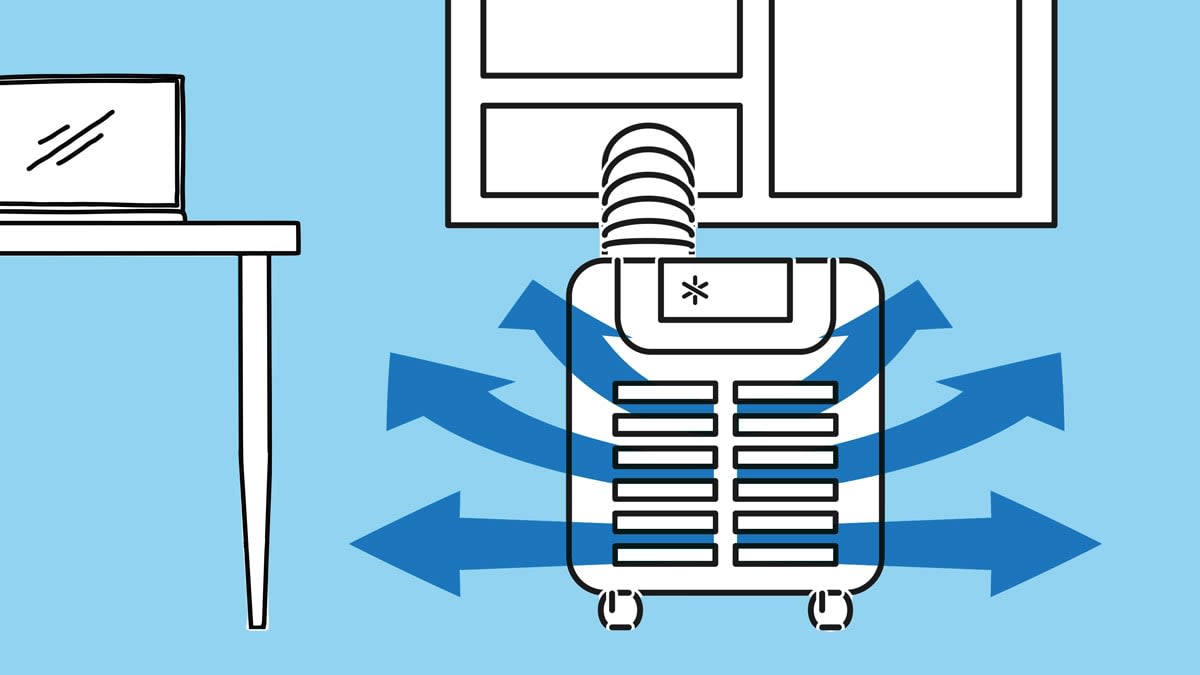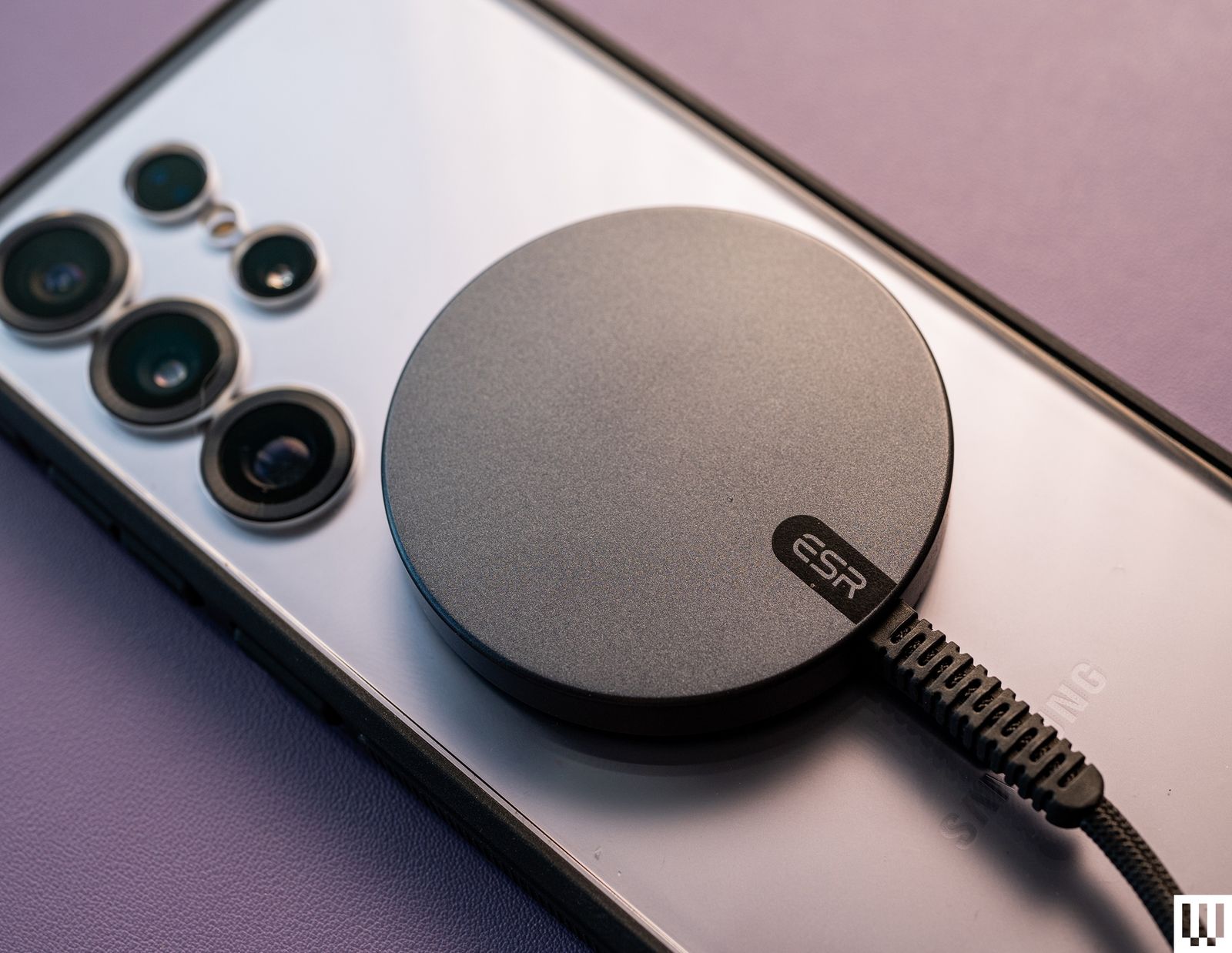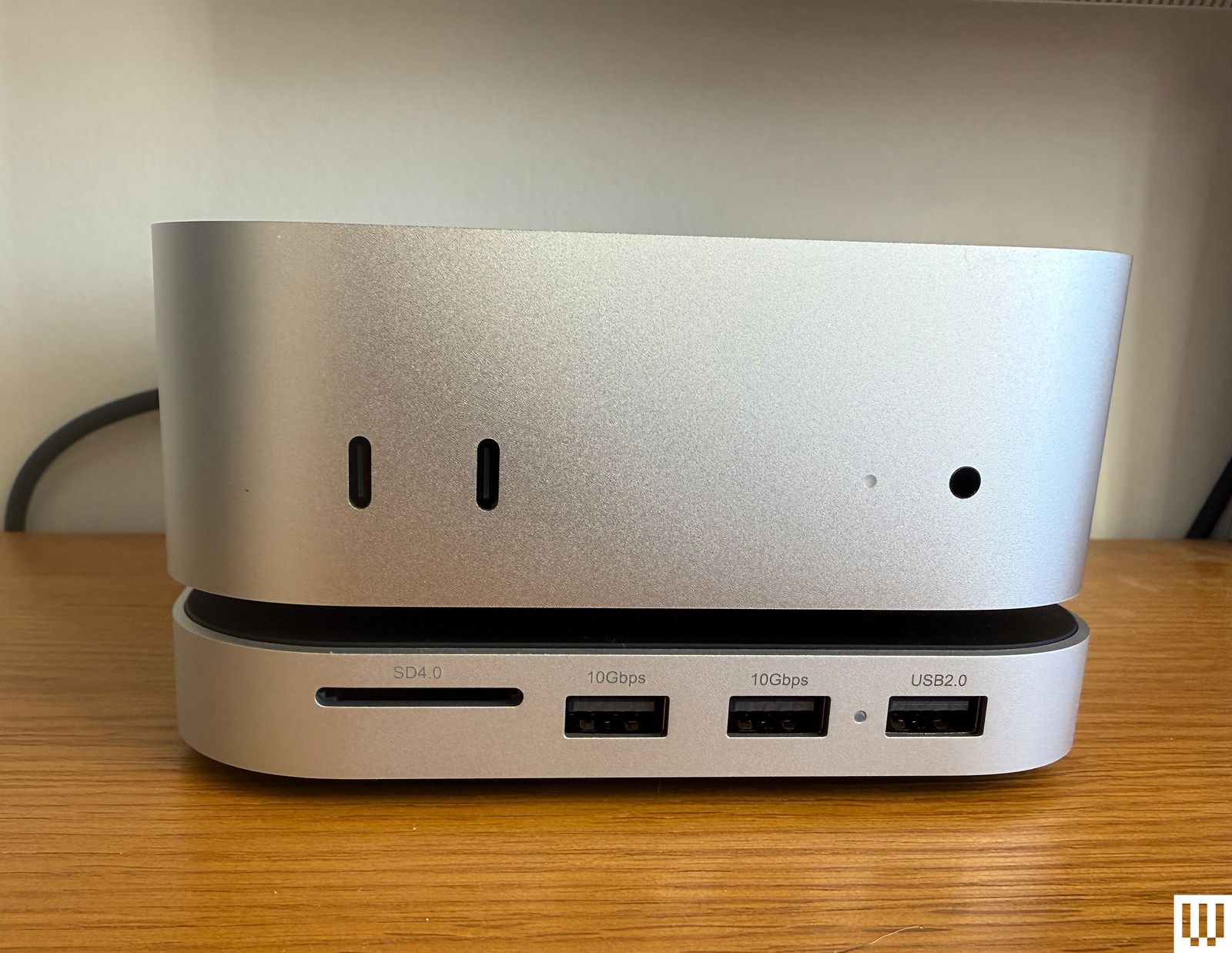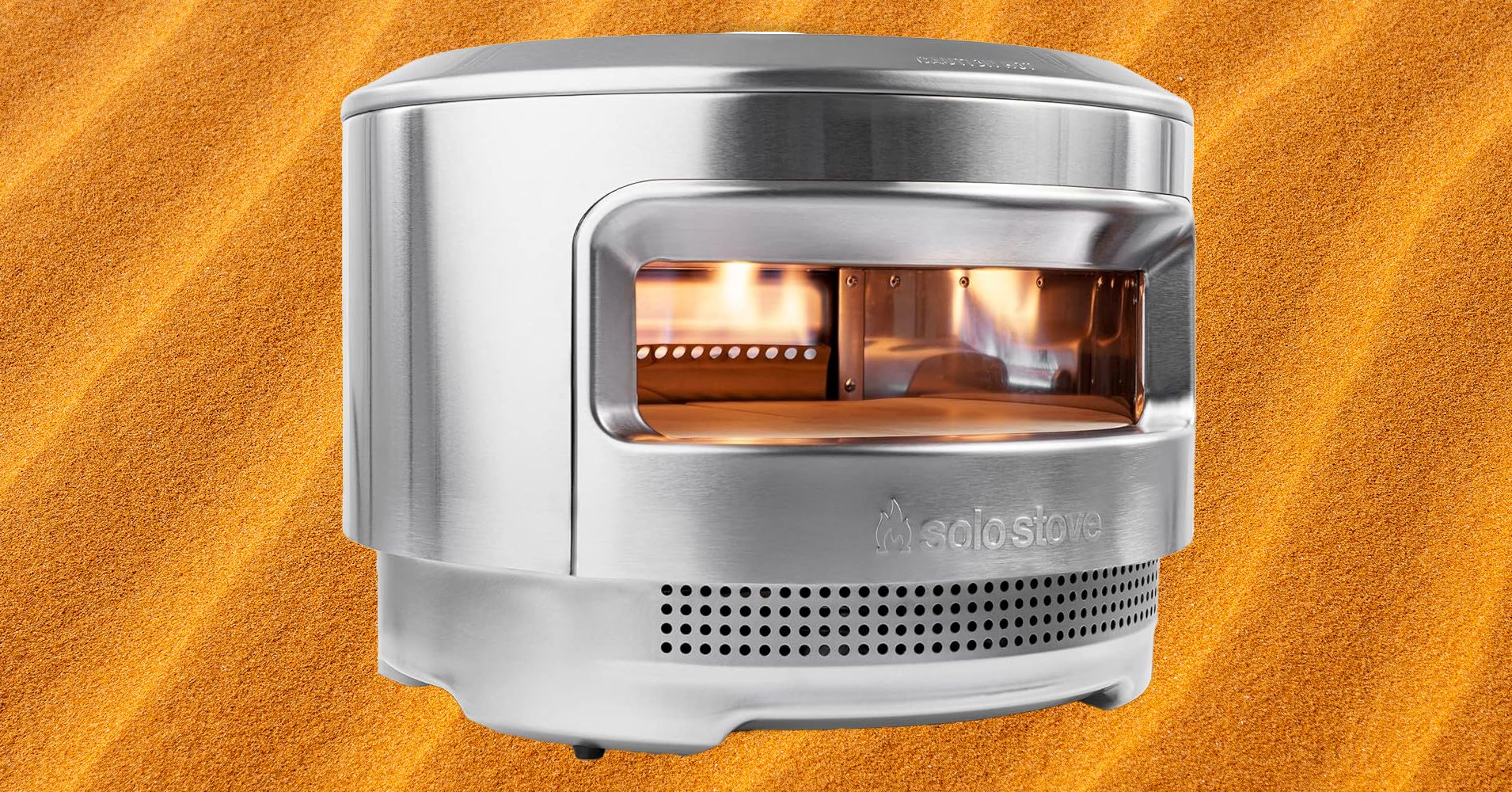
Before you go shopping for a portable air conditioner, there are several things to keep in mind that could cause some slight annoyances.
They aren’t so portable. Portable AC units come on casters, and you can put them in any room where you can install an exhaust to the outside. But “portable ACs can weigh between 50 and 80 pounds, so you might want a friend to assist you with moving it if you’re going up or down stairs,” says Chris Regan, the engineer who oversees CR’s portable air conditioner testing. And once you go to the trouble of installing the exhaust, you probably won’t want to move the unit.
You might need extra materials to create a tight seal around the exhaust. Products typically come with exhaust window installation kits, but you might need extra materials to close gaps where air can get in. “A trip to your local hardware store might be necessary to purchase soft foam, foam panels, or plexiglass,” Regan says.
Btu ratings can be misleading. Portable ACs typically have higher Btu ratings than window ACs, but that doesn’t mean they’re better at cooling. A window AC rated at 6,000 Btu will deliver more cooling than a portable AC unit rated at 6,000 Btu because window ACs are more energy-efficient. (Also note that portable models don’t have to meet the same Energy Star standards required of window units.)
They’re noisy. The loud parts of a window AC—the condenser and compressor—sit outside a window. But with a portable, all the mechanicals are in the unit that you place in your room, so they’re fairly noisy, meaning you might have to turn off the machine when you hop on a Zoom meeting. In comparison, the best window ACs are quieter, earning very good or excellent noise ratings.
They need their space. The exhaust hose of a portable AC can be 5 to 7 feet long, and the air conditioner unit needs to be at least 2 feet away from any walls or furniture that may block its airflow. So it’s like adding another piece of furniture to your office.









